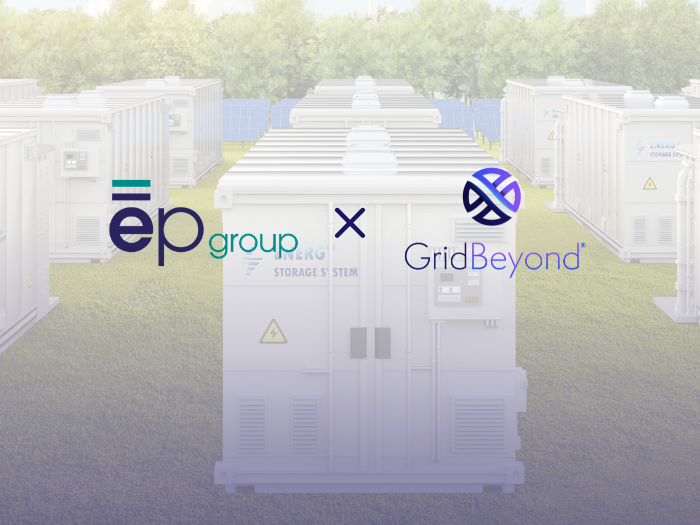News
better business decisions
Posted 5 years ago | 4 minute read

The Smart Trading Checklist
Electricity purchase and trading is increasingly moving closer to the time of use. Businesses are starting to see the advantages of flexible energy use and the benefits of integrating operational and financial strategies with energy. However, not all smart trading opportunities are made equal. That’s why we’ve developed this smart trading checklist, to ensure you know what to look for in both an optimisation strategy and provider.
- Is your smart trading risk-free?
The word “trading” is often associated with the word “risk”, but this need not be the case. Risk, in energy terms, can mean cost and financial risk as well as operational risk. Depending on the trading provider you choose, some will insist that the risk sits with your business. Providers, such as GridBeyond, take responsibility for the risk and therefore guarantee that your trading options will work in harmony with your operations whilst maintaining minimal cost. Which brings us to our next point… - Will it fit around operational requirements?
Your operations sit at the heart of your business. If a trading provider cannot put your operations first, or does not have the knowledge to integrate strategies, then steer clear. GridBeyond conducts a site audit for both DSR and smart trading to ensure all operational parameters are adhered to, or operations are shifted without impact on overall daily output, to ensure automated participation sits under the radar. And if you have an ad-hoc change to your process? You can simply override it, for peace of mind. - How transparent are your trades?
It’s your business, your energy use, your money. So open-book sharing when it comes to trades is a must. Can you watch in real-time as the trades are made? GridBeyond’s portal, ViewPoint, enables you to watch automated trades take place, and see how much you’re paying for your electricity, or how much your generation is selling for, in the day-ahead and intra-day markets.* - Is there a choice of markets you can participate in?
This is important, as some markets may not suit certain assets. For example, some intra-day markets require faster responses which may be fine for very flexible assets such as refrigeration, but may not work for grinders and wood chippers which are less flexible. An example of this is NIV chasing in the UK, which can often reap better rewards than the typical balancing mechanism trading options, though diverse opportunities exist globally. It’s also key to ensure there’s potential to enter into multiple markets at the same time. All of this can be explored when the choice is available, and a thorough audit has taken place. - What is the technology that sits behind the trading?
There’s no denying that your site could participate in energy trading without technology in place. However, this would require some serious internal communications systems and a dedicated head to fulfil the requirements from moment to moment. And even with this in place, it would be unlikely you’d reap returns to the full potential. So, technology is key. At GridBeyond, we use machine-learning to collate all the relevant data from your site and the markets. The Point platform then automates participation in the most lucrative markets, meaning you don’t have to do a thing. We also take a holistic approach to energy markets and operations, so whilst trading is one element, the platform also uses this sophisticated technology to enter your profile into demand response services and dynamic asset optimisation programmes.
So that’s our smart trading checklist to start you off. If you have any questions around the potential for smart trading on your site, contact our friendly team, or to learn more about the complimenting services offered by GridBeyond’s intelligent energy platform, download the energy services brochure.
Already a GridBeyond client? Great news – you already have the technology in place to participate. Contact your account manager below to kick start your journey into smart trading.
- Contact your account manager – Great Britain
- Contact your account manager – Ireland
- Contact your account manager – USA
*market types vary depending on which global region you are based in.









